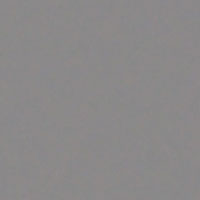
ISO 200
The target was a white board lit uniformly. A 200mm lens was used at a distance of 1.5m but focussed at infinity; hence the target was heavily defocused in order to obscure any non-uniformities of the board. The camera was put on aperture-priority at f/11. This aperture was chosen because a larger one tends to spread out the signal across the camera's histogram.
The camera was set to write 14-bit raw files and all in-camera noise reduction options were turned off. The raw files were processed in such a way as to extract the numbers (referred to as DN for data number) without any alteration. The raw file was split into its red, green and blue components, but no Bayer interpolation (or 'demosaicing') was done.
Two shots were taken at each ISO setting from 200 to 25,600. Each shot produced a narrow spike in the centre of the camera's histogram.
The first shot of each pair gave the mean value of the signal. The two shots were then subtracted and the standard deviation of the difference calculated. The noise is that figure divided by the square root of 2. These calculations were done on a 200 x 200 pixel crop from the centre of the images.
The purpose of the subtraction is to remove, as far as practicable, variations in the signal due to non-uniformity of the target or its lighting, spatial non-uniformity of the sensor response, or dust on the sensor. All of these would be the same for the two shots and are therefore removed upon subtraction.
Table 1 shows the statistics of the green component (before subtraction).
Table 1
| ISO | File and Crop | Min | Max | Mean | St Dev |
| 200 | _DSC0446_g1.fit[972:1171, 1323:1522] | 1345 | 1515 | 1428.3 | 20.1 |
| 400 | _DSC0448_g1.fit[972:1171, 1323:1522] | 1301 | 1531 | 1413.4 | 27.4 |
| 800 | _DSC0450_g1.fit[972:1171, 1323:1522] | 1294 | 1642 | 1474.6 | 39.4 |
| 1,600 | _DSC0452_g1.fit[972:1171, 1323:1522] | 1199 | 1737 | 1474.3 | 56.4 |
| 3,200 | _DSC0454_g1.fit[972:1171, 1323:1522] | 1114 | 2016 | 1534.3 | 83.0 |
| 6,400 | _DSC0456_g1.fit[972:1171, 1323:1522] | 669 | 2129 | 1355.5 | 118.7 |
| 12,800 | _DSC0458_g1.fit[972:1171, 1323:1522] | 150 | 2886 | 1440.9 | 186.5 |
| 25,600 | _DSC0460_g1.fit[972:1171, 1323:1522] | 0 | 3702 | 1471.9 | 303.8 |
The average signal at ISO 200 was 1428, compared to a maximum possible green signal of 15,907 for the D3. Thus the signal was about 9% of full scale, in terms of linear raw DNs. Loading the raw NEF file into Adobe Lightroom showed that it did indeed produce a spike at the centre of Lightroom's histogram, thus confirming that the D3's metering was correct.
As one might expect, the signal becomes more and more spread out as we move to higher ISO settings, not only in terms of its standard deviation but also in terms of the minimum and maximum DNs.
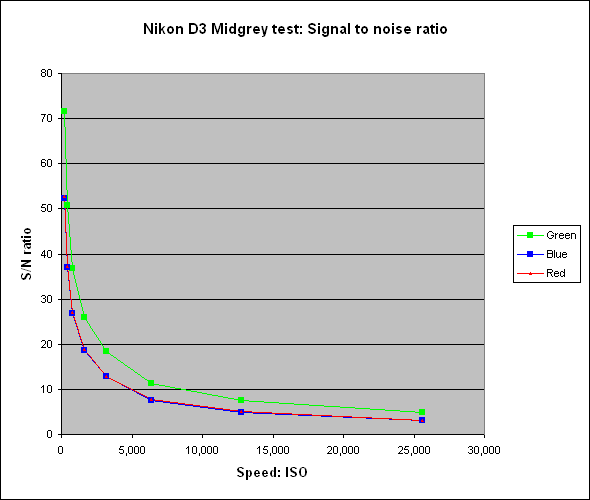
The graph shows the signal to noise ratio against ISO speed. The red, green and blue components are shown separately.
This is slightly clearer if we plot the speed in stops rather than ISO values:
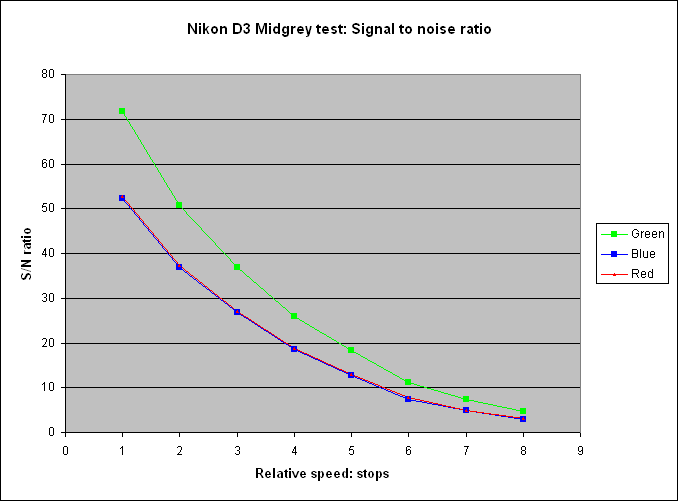
The S/N ratio at the highest speed of ISO 25,600 is 4.8 for the green and 3 for the red and blue.
The two top speeds on the Nikon D3 are not 'real' ones but are obtained by exposing at ISO 6,400 and doubling or quadrupling the DNs in firmware.
I loaded the NEF files into Adobe Lightroom and developed them using its default settings, except that luminance and chroma noise reduction and sharpening were set to zero. Below are 100% crops from the centre of the images.

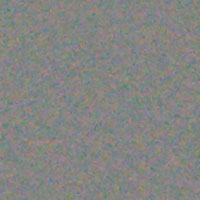
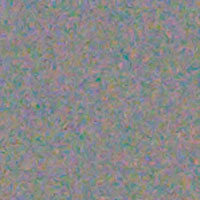
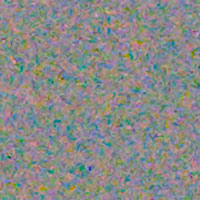
A feature of this table that needs thinking about is the behaviour of Min and Max of the difference frame at low ISOs. One might have thought that these difference frames would be symmetric about zero.
Peter Facey, Winchester, England
20080119 originated